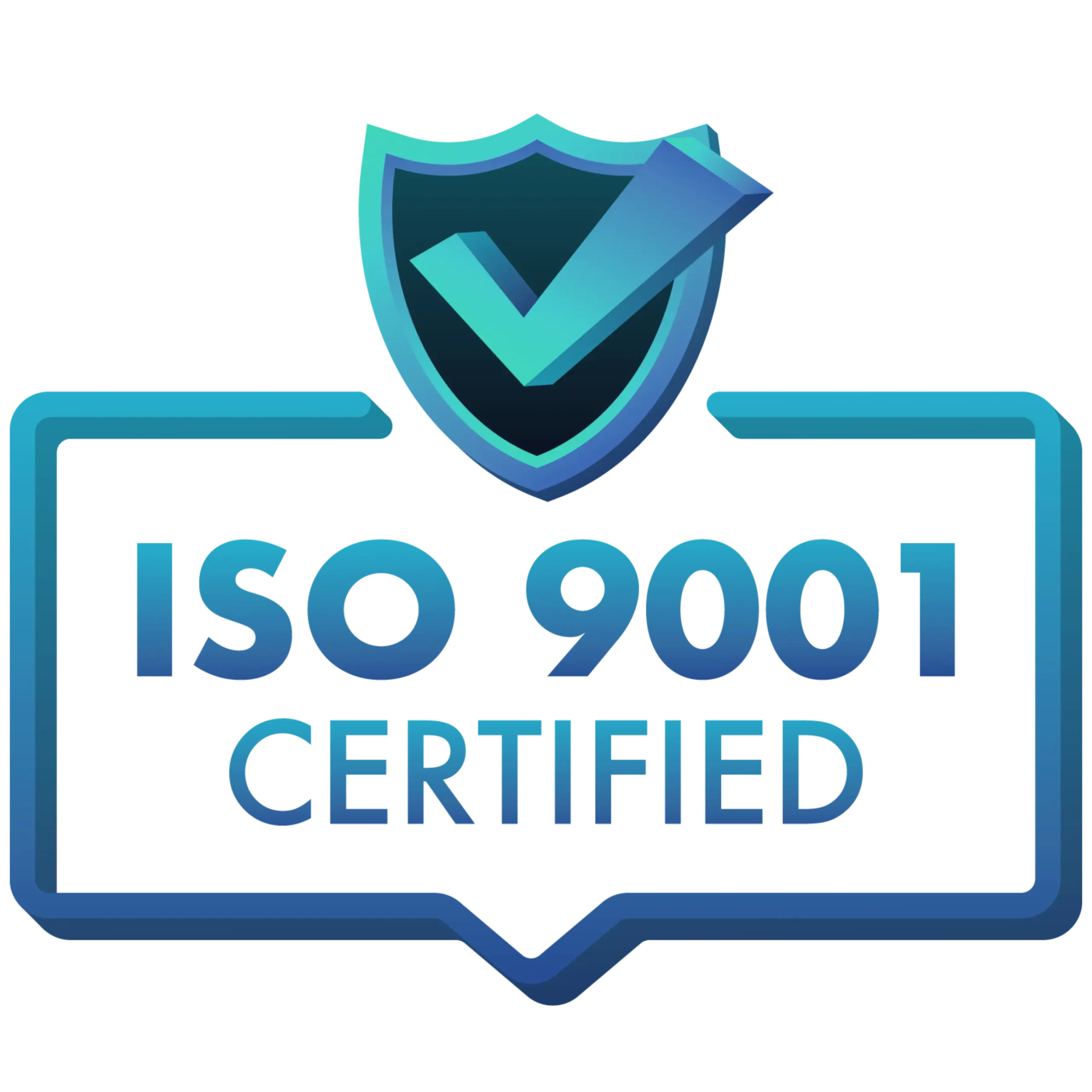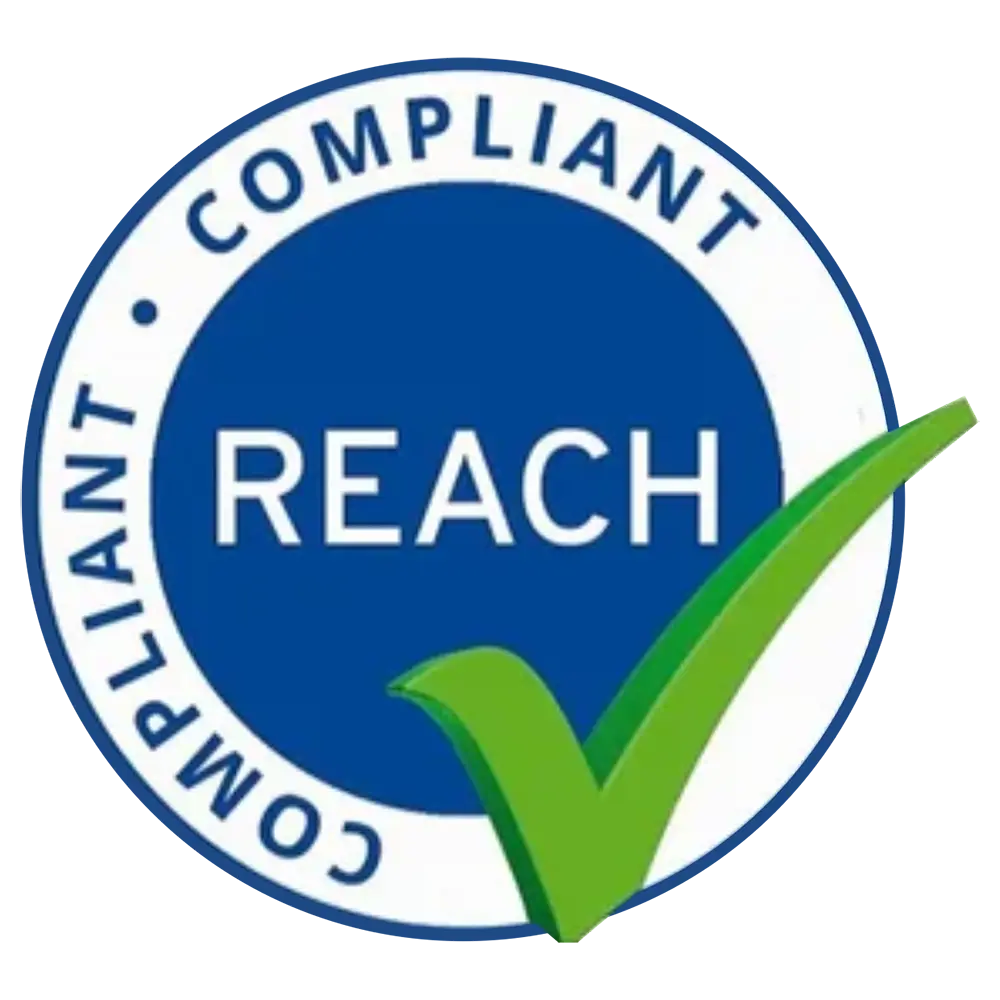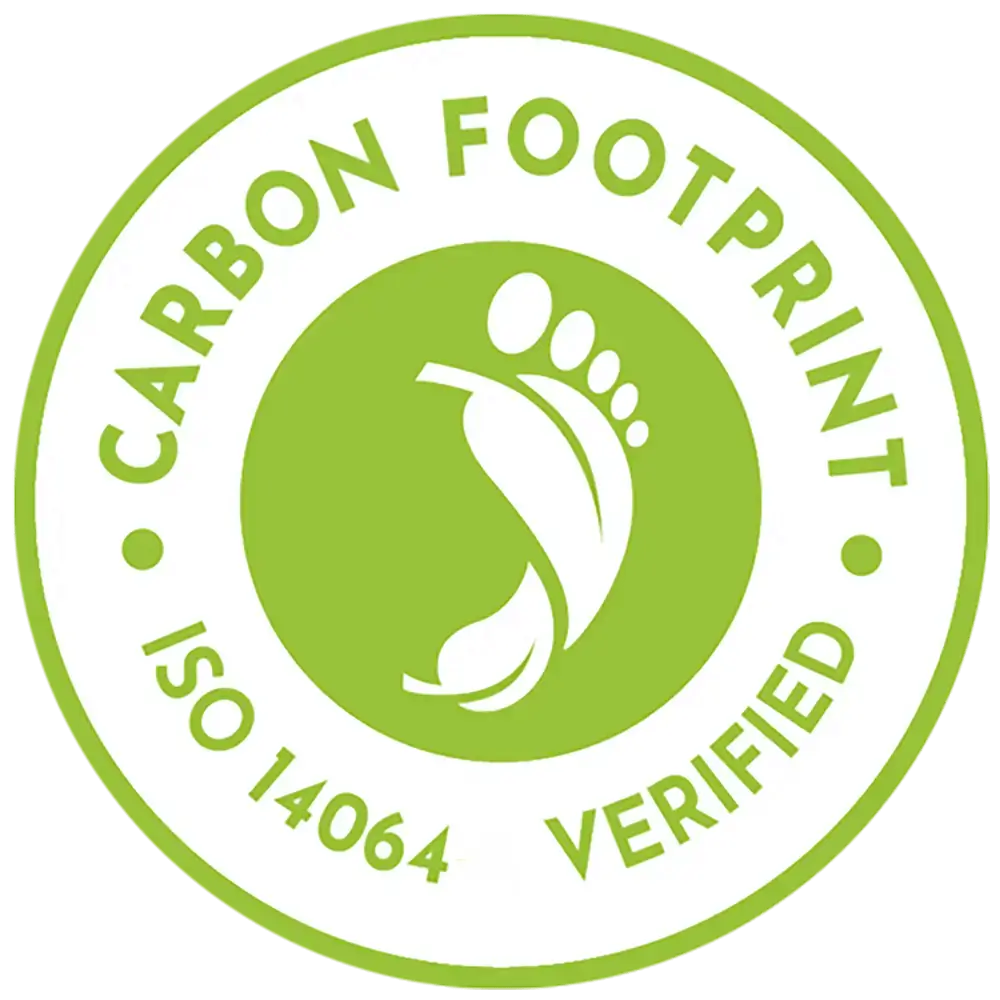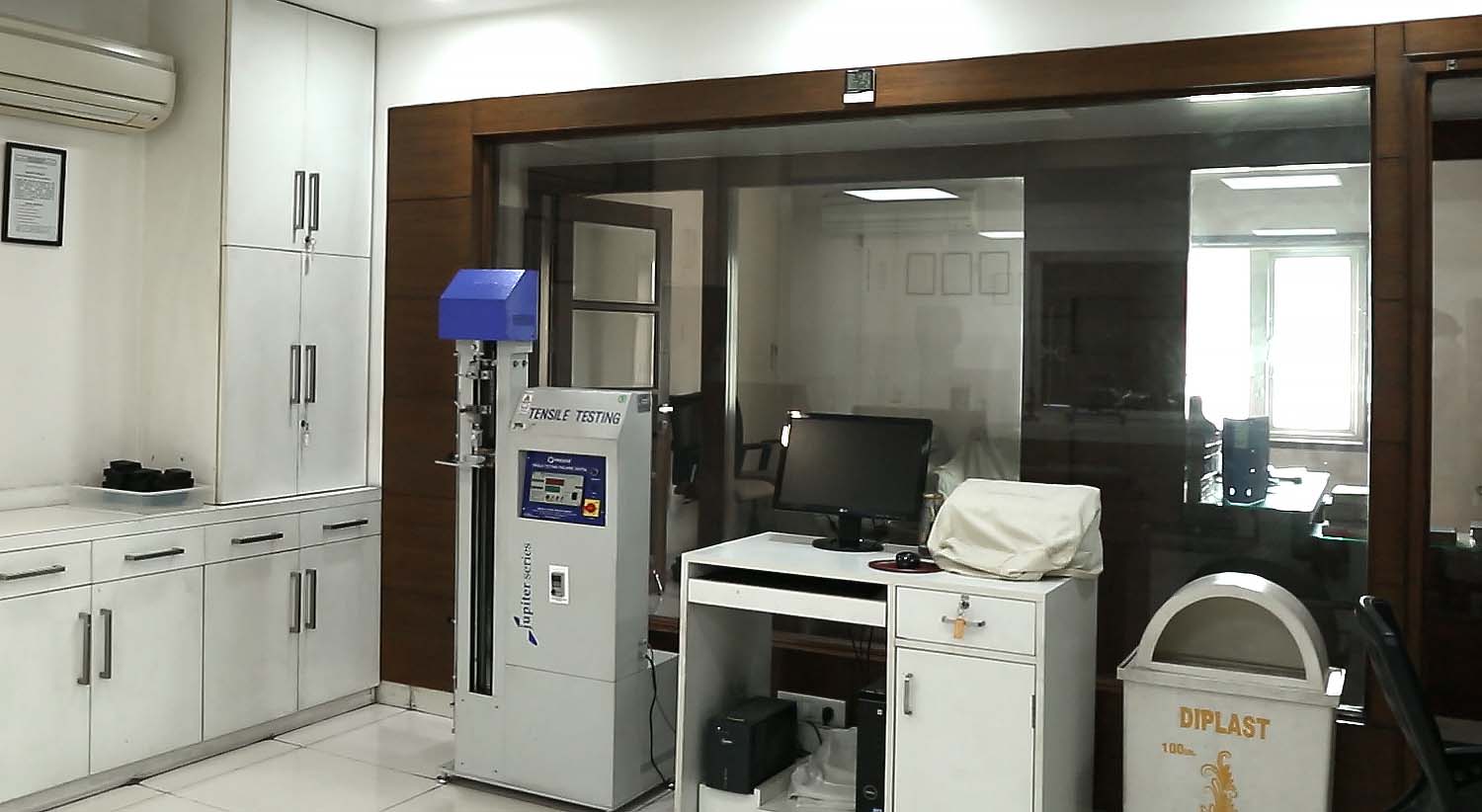Certifications, Accreditations, and Laboratory
At Astra Corporation, we don’t just meet industry standards, we aim to set them. As part of our mission to become the global leader in Butyl Reclaim Rubber processing, we’ve built a foundation of excellence backed by internationally recognized certifications.
Since 2006, Astra has upheld the highest standards through a robust Quality Management System, earning a suite of prestigious accreditations:
- ISO 9001: Recognizing our strong and consistent quality management practices.
- ISO 14001: Reflecting our commitment to responsible environmental sustainability.
- REACH: Demonstrating compliance with stringent European chemical safety regulations.
- ZED (Zero Defect, Zero Effect): Honouring our sustainable, defect-free manufacturing approach.
- ISO 14064-1: Certifying our dedication to Carbon Footprint Management and emission reduction.
To ensure compliance, we conduct routine internal audits led by in-house specialists, third-party assessors, and authorized government professionals. This proactive process ensures we not only comply with global standards but consistently raise the bar for performance, safety, and sustainability. Through these accreditations, Astra reinforces its reputation for quality, reliability, and forward-thinking innovation, cementing our role as an industry trailblazer with a vision for a greener future.
Astra is proud to have met the standard of the European Market and credited with the prestigious REACH certification.










| Name of Substance | EC No. | CAS No. | Registration/Pre-Registration Number in REACH |
|---|---|---|---|
| Buta 1, 3 diene | 203-450-8 | 106-99-0 | 01-2119471988-16-0152-Registered |
| Isoprene | 201-143-3 | 78-79-5 | 01-2119457891-29-0040-Registered |
| Zinc Oxide | 215-222-5 | 1314-13-2 | Pre-registered |
| Carbon Black | 215-609-9 | 1333-86-4 | Pre-registered |
| 2-methylpropene | 204-066-3 | 115-11-7 | Pre-registered |
| White mineral oil (petroleum) | 232-455-8 | 8042-47-5 | Pre-registered |
Quality Policy at Astra
Our Integrated Laboratory
From raw material analysis to finished product testing, our lab ensures that every Butyl Reclaim Rubber slab meets stringent industry standards. Our team of experienced technicians performs a variety of tests, including:
- Chemical Properties Testing (ASTM D297 Standard)
This test evaluates the chemical composition of the Butyl Reclaim Rubber slabs. It involves measuring the percentage of ash, carbon black, acetone extract, and moisture, which provides insights into the purity and composition of the rubber. Additionally, the Rubber Hydrocarbon Content (RHC) is calculated by difference, ensuring that the reprocessed rubber meets strict industry standards. - Specific Gravity Test
This test measures the density of the rubber relative to water. A key indicator of the material's overall uniformity and consistency, specific gravity helps in determining whether the rubber compound has been processed correctly and is free from unwanted additives or fillers. - Tensile Strength Test (kg/cm²)
This test assesses the maximum force the rubber can withstand before breaking. Measured in kilograms per square centimeter (kg/cm²), tensile strength is crucial for ensuring the durability and mechanical performance of the rubber under stress. - Elongation at Break Test
This test measures the extent to which the rubber can be stretched before it breaks. Elongation at break reflects the flexibility and elasticity of the rubber, which is essential for many applications requiring both strength and stretchability. - Mooney Viscosity Test (ML 1+4 @ 100°C)
Mooney viscosity measures the rubber’s viscosity at 100°C, providing a gauge of its processability. The ML (Mooney Large) 1+4 represents the viscosity after one minute of preheating followed by four minutes of testing. It is critical for ensuring that the rubber will behave as expected during processing and molding. - Hardness Test (Shore A)
The hardness of the rubber is tested using the Shore A scale, which measures the resistance of the material to indentation. This test ensures the final product has the correct balance of flexibility and stiffness, vital for its performance in various applications.



